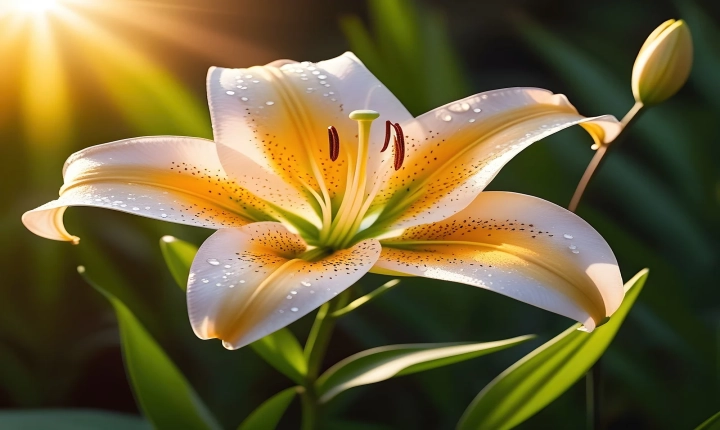Title: The Fascinating World of AI Image Generation
Artificial Intelligence (AI) has made tremendous strides in recent years, and one of the most intriguing applications of this technology is image generation. With the advent of deep learning, neural networks, and advanced algorithms, AI has become capable of producing realistic and detailed images that resemble those created by human artists. This breakthrough has vast implications across various industries, from art and design to healthcare and entertainment.
AI image generation is achieved through a process called Generative Adversarial Networks (GANs), which involves two neural networks working in tandem: the generator and the discriminator. The generator creates new images based on random noise or input data, while the discriminator assesses the generated images and compares them to real images to determine their authenticity. Through continuous training and feedback, both networks improve their performance, resulting in increasingly convincing and high-quality image generation.
One of the key aspects of AI image generation is the ability to learn from vast amounts of diverse data. By being exposed to countless images, the AI system can analyze visual patterns and styles, comprehend complex features, and ultimately generate original images with impressive realism. This capability has significant potential for numerous practical applications, such as generating synthetic medical images for training doctors or creating lifelike 3D models for architectural and industrial design.
Moreover, AI image generation has also found its way into the realm of art and creativity. Artists and designers are using these AI-generated images as a foundation for their work, leveraging the technology to inspire and enhance their creative process. AI algorithms are employed to replicate various art forms, styles, and visual aesthetics, leading to the emergence of a new wave of collaborative creation between human artists and AI systems.
In the entertainment industry, AI image generation has become a valuable tool for producing visual effects, animation, and virtual environments. By employing GANs, filmmakers and game developers can efficiently generate realistic scenes, characters, and special effects, saving time and resources while maintaining a high level of visual fidelity. This has the potential to revolutionize the way media content is produced, allowing for faster and more cost-effective creation of immersive and visually stunning experiences.
While AI image generation has made remarkable progress, it is not without its challenges and ethical considerations. Issues such as copyright infringement, misuse of AI-generated images for malicious purposes, and the ethical implications of creating indistinguishable fake images raise important questions that need to be addressed as the technology continues to advance.
In conclusion, AI image generation represents a cutting-edge intersection of technology, art, and innovation. The ability of AI systems to generate sophisticated and realistic images has profound implications for a wide range of industries, from healthcare and entertainment to design and education. As AI image generation continues to evolve, it is crucial to navigate the ethical implications and harness the technology responsibly while embracing its potential to transform and enrich our visual world.
